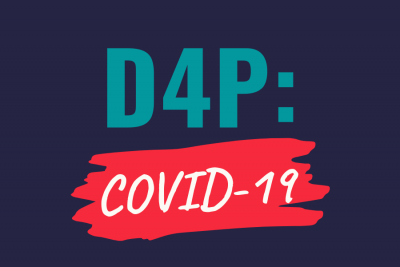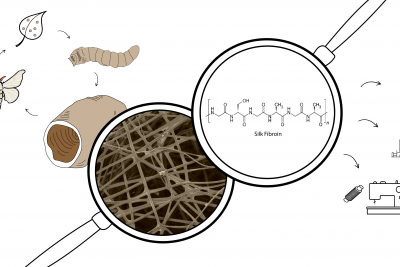D4P: Social Behavior Webinars
You can find all of the episodes in our Social Behavior season of D4P below! Each episode was presented by a scientific trainee — either a graduate student or a postdoc — who is also passionate about science communication and engagement. You can learn more about each presenter by visiting our D4P season 2 fellows page.
For each of the Social Behavior D4P pages below you can view the video from each webinar, read a short summary of the main ideas presented, and download a discussion guide to aid educators in discussing these papers with their learners.
Past D4P Webinars
How did ants evolve to become social hunters?
Do yourself a favor and use Google image search for the following phrase: Army Ant Cathedral. If you do, you will find yourself looking at an amazing picture of tens of thousands of army ants, linked together to form a giant temporary nest, or bivouac. This colony is fed by an overwhelming assault across the forest — a mass raid. While we have learned a lot about what happens during mass raids, we know very little about how this highly cooperative social behavior has evolved in army ants. In this D4P: Social Behavior episode, Taylor will present recent insights from her colleagues in the Kronauer lab on the mechanisms of closely-related group raids and the possible evolutionary origins of army ant mass raids.
How do flies learn to avoid predatory threats?
Animals must be able to respond to threats in effective ways in order to survive. Some social animals, like humans and ants, can teach naive members of their communities about threats, as well as how to avoid and survive them. Recently, this same phenomenon was observed in fruit flies, even though fruit flies are not known to be social animals. In this D4P: Social Behavior episode, Chad takes us through a paper that explores how social learning takes place in fruit flies, in the context of a predatory threat: wasps!
How do ants respond when individuals in their colony become sick?
As we enter the third year of the COVID-19 pandemic, we humans have had to alter our own social behavior to reduce the spread of disease. Similarly, when illness pops up in ant colonies, ants, too, will alter their own social behaviors to combat the spread of disease. Interestingly, there is no single way ants respond to infectious disease — some species increase social contact with infected individuals, and other species reduce contact with infected individuals. In this talk, Lindsey reviews a paper from Yuko Ulrich’s group that explores what the decision process looks like for clonal raider ants when it comes to the presence of infectious illness in their colonies.
How do worms coordinate their swarming behavior?
When a lot of animals get together, they can behave in complicated ways without having to plan it out! If all individual animals make small decisions by themselves, they can end up creating a behavior that looks coordinated. In this episode of D4P, Sofia discusses how two very simple decisions (slowing down and going backwards) made by tiny worms called nematodes while they can generate a very impressive swarm effect.









